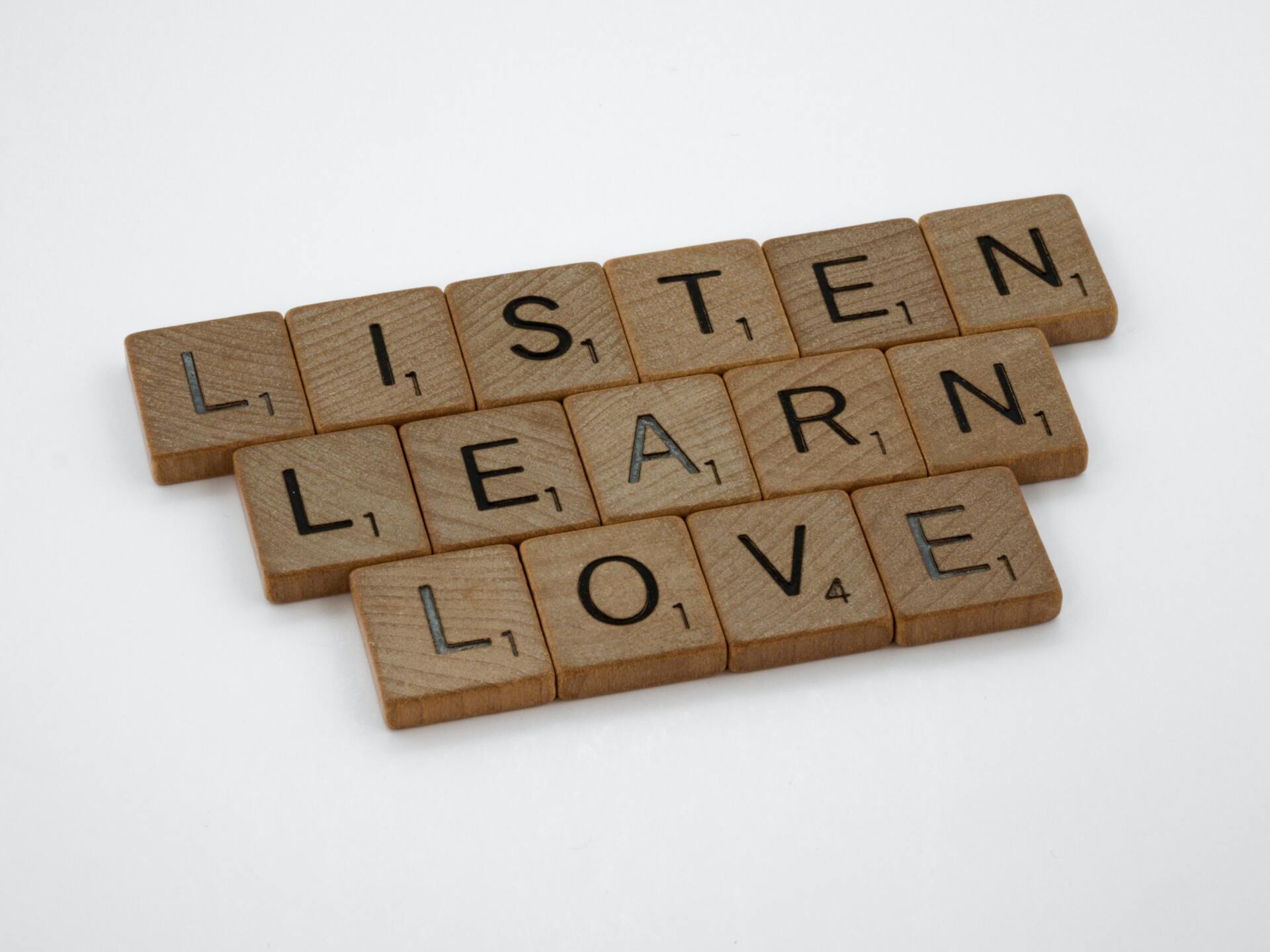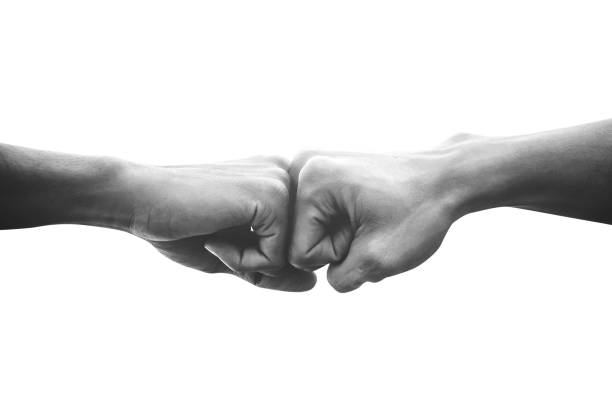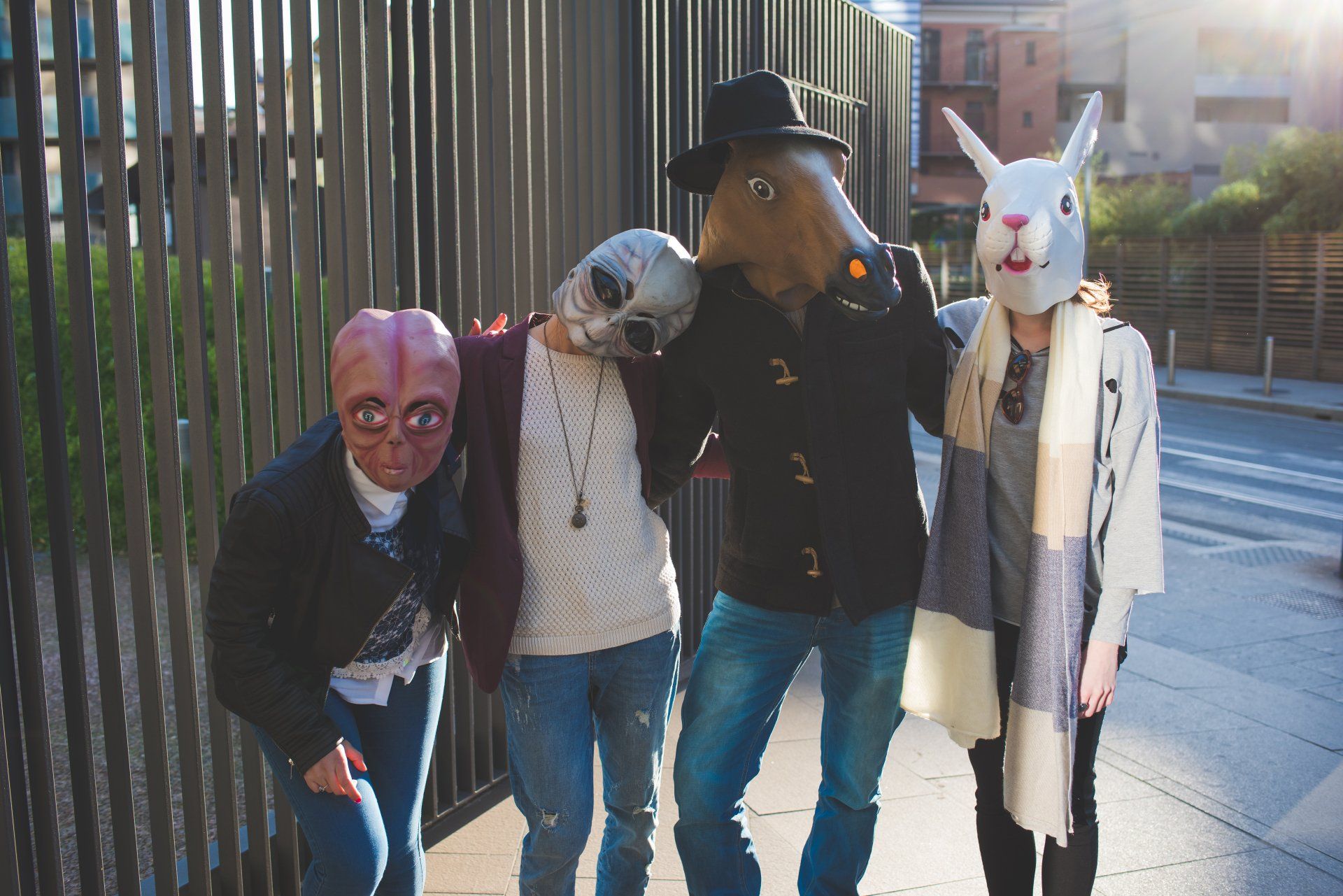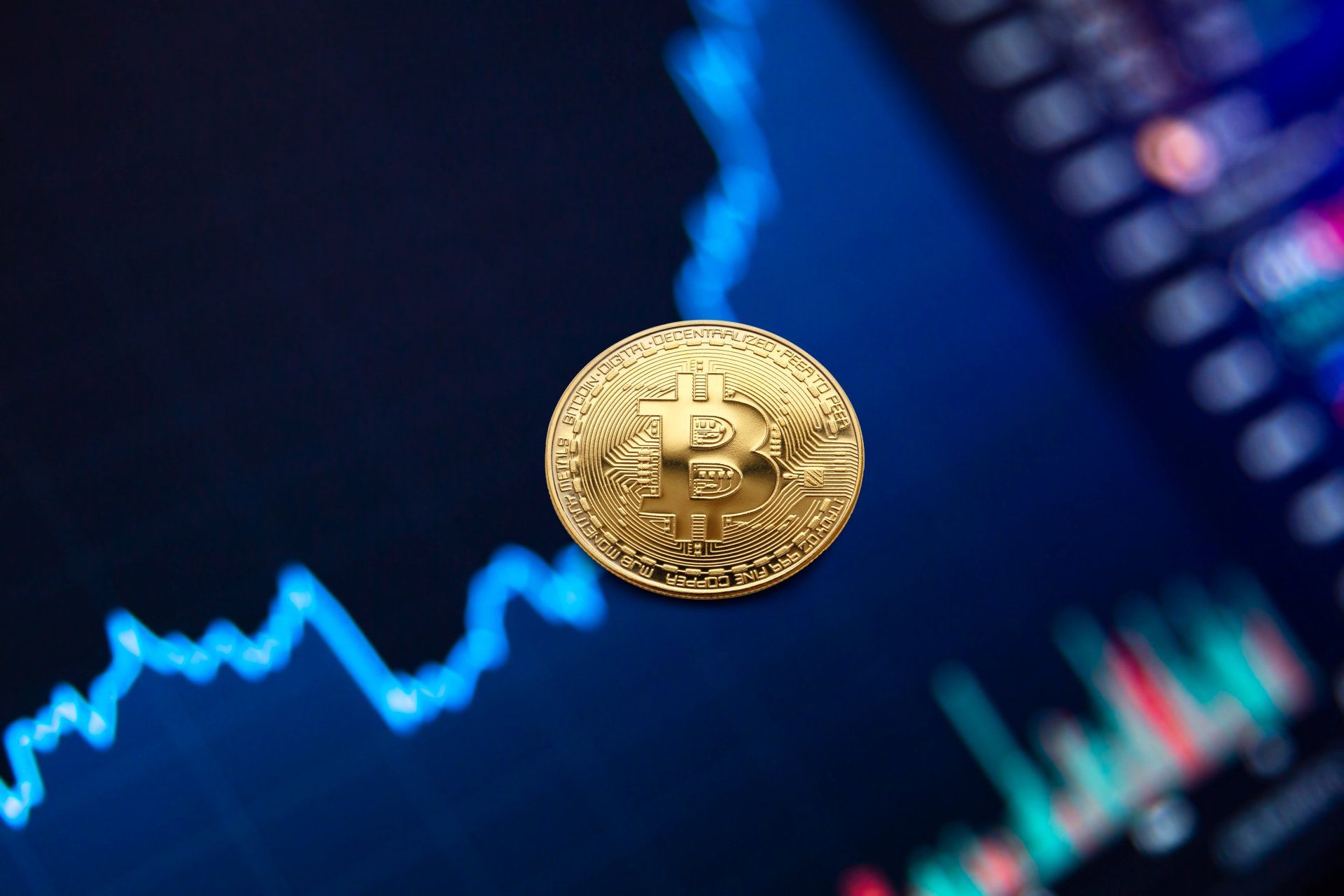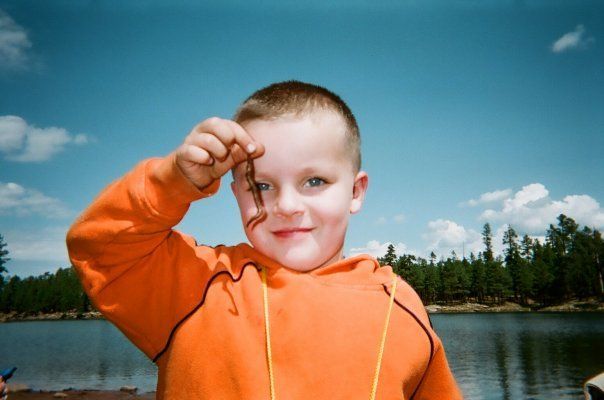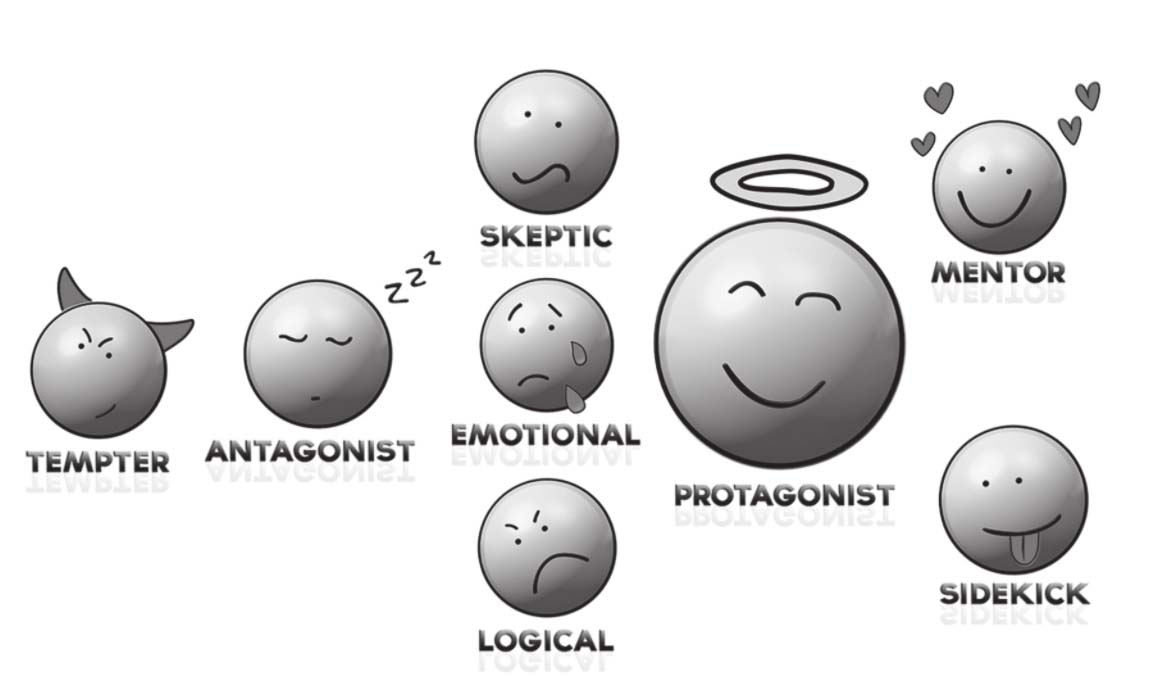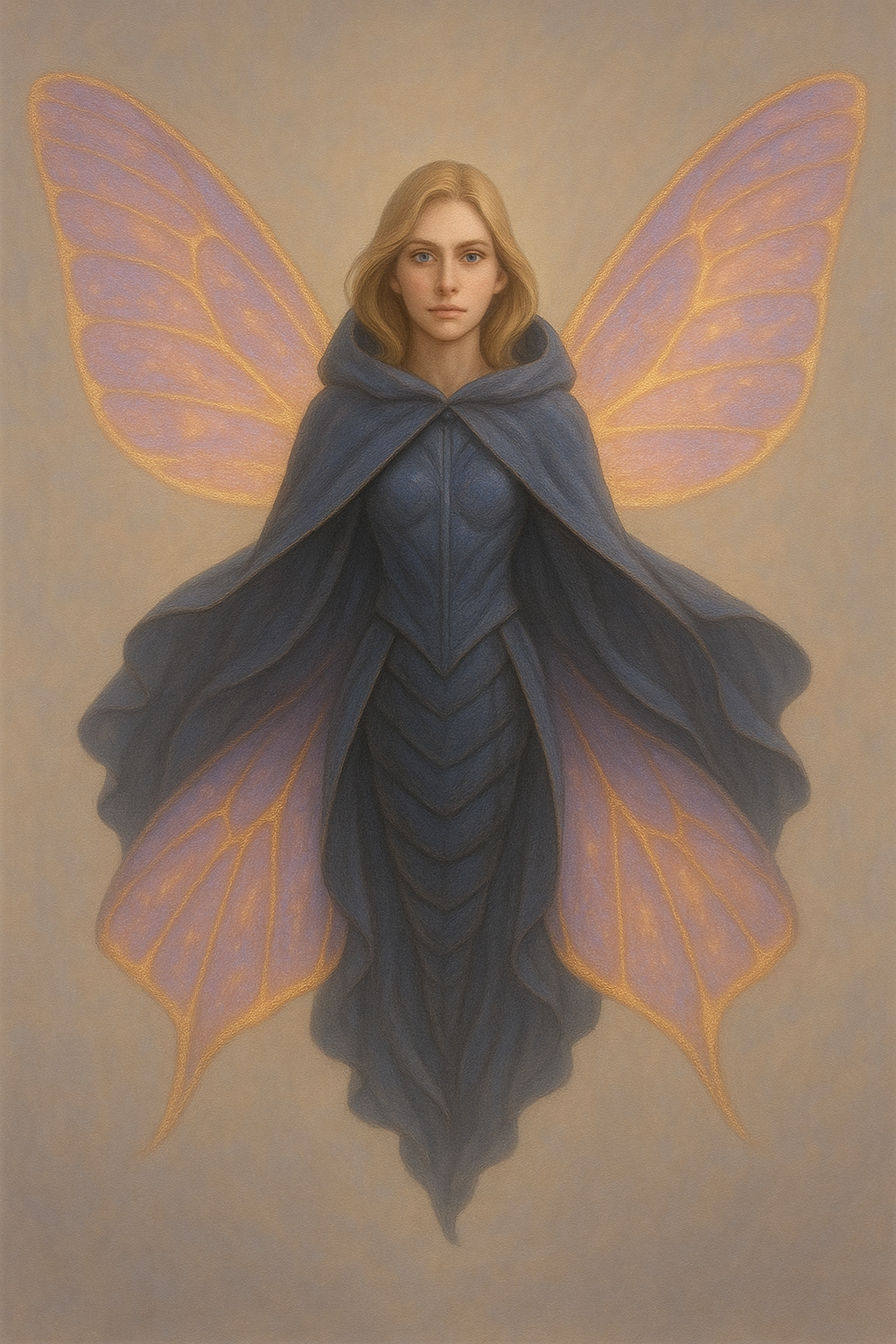4D Love
Relationships are a process of exchanging value between one another... we call this value, LOVE.
When you have a relationship, whether it be a spouse, a lover, a buddy, or a soulmate, there is one underlying principle that governs every one of those relationships. And how well you align yourself with this principle will determine how profitable each relationship is for you, the other party, and the world around you; if not the entire span of mankind.
This underlying principle is in the idea of a “value exchange.” Every relationship is built upon it, even the one between you and God.
And at the end of the day, that value gets translated into love. But we’ll get to that.
You will be trading value with someone in this scenario, so think of it as a currency. But do not think of it as worth, otherwise you will show up to the relationship offering what you think the other person needs and assessing your own value to it. Relationships are powerful because they allow ANY two sets of value to be the most powerful thing the world has ever seen. The power of a relationship does not rely on the “worth” of the parties involved, rather it’s fueled by the clarity, solidity, and longevity of the relationship itself.
You show up to a relationship with 100 marbles and so does the other person. In the courtship of the relationship as you are getting to know one another, sniffing-each-other’s-butts a friend of mine used to say, you each throw your marbles on the table.
As you age you learn to lay those marbles out there sparingly and with wisdom, but for the sake of our example, let’s just scatter them recklessly like we do in our adolescence.
And then we begin the process of sifting through life to determine which of our marbles align with each other. As situations happen and triggers in our world view/ experiential record of life begin to clash, we start to take away our marbles one, two, even ten at a time or maybe all of them. And that’s when we simply “take our marbles and go home.”
What we are doing is determining our value exchange with one another until we find its breaking point between what we will tolerate out of another human being and what value we get from that toleration.
A boss may tolerate an employee who is habitually late simply because they have the kind of personality that magnifies the space they are in, for everyone. This is one type of toleration.
Now let’s get a little more granular… You may have a friend who cares deeply about you but doesn’t have the same level of sophistication as you. As you age, you realize they are stuck in this loop that holds them back, but they don’t appear to be getting out of it anytime soon, if ever.
So over time, your relationship dwindles to two or three phone calls a year. And you notice when you get off the phone with them, there is this strange satiation that comes over you but you realize if you had to make that phone call once a week, it would drain you. That satiation feeling is the value exchange we are discussing. It’s the void inside of you that they fill. It may be different on their end. They may still want to engage, but we are not trying to govern their side of the equation, only our own.
What happened during that phone call was you projected love into the relationship and they reciprocated. The Venn diagram explanation of this may sound something like: Each of us put value into a central bucket and once you each empty the bucket, it’s time to go away until you can fill the bucket again fresh. Over time, the bucket gets smaller until it stabilizes.
Or you can think of it as pouring your love into someone, and having them reflect that love back to you. If less love is returned, unless you are suffering from codependency, most people will diminish the relationship to find homeostasis between the value exchange.
Once you know your own paradigm of needs, there are voids in the soul that will require filling by human connection. When you find people who fill those marble sized voids, figure out how you can add value to their life so there will be a relationship that satisfies both needs. Some people can fill 10 marble-sized holes and others only a couple. In a healthy marriage, it should be your spouse who fills in 80% and the other 20% will come from outside. If you are not married, then I think this 80% is the role of the parents, until you find your spouse. But that factor may vary with the disruptions we experience in modern families. I digress...
This value exchange follows the laws of thermodynamics in that you cannot create or destroy energy and everything ultimately must find balance at homeostasis.
Meaning, the value you put into someone else has to be returned to you in balance. But if all you did was evenly exchange value with people, we would all end up in some kind of cultic trance that ultimately would find its own global homeostasis, which given the law of lowest common denominator would probably mean the end of our species.
Instead we return the value with just a little bit more than we receive. This back and forth value exchange of love is what we call “growth” in a relationship.
Mind you, the value exchange in a long-term relationship doesn’t always increase with each exchange. Sometimes the love and value you get back from your spouse or best friend is lower than what you are putting out. But because you have determined that the value exchange between you and this other person perpetuates your growth over time, you are willing to invest in it over the long haul.
So the ability to recognize your own value proposition, what you need, and what has been fulfilled is a good first step of building great relationships. Second is to know how to assess the value in the other person and how it aligns with you as well as what value in their life you can fill. By the way, we usually don’t have time to be redundant in our lives, so if one person already fills a certain value space, then we probably shouldn’t go looking for another. Third is to design interactions with them that maximize your mutual value. And then during times of interaction make sure you focus on the other person and deliver them the best experience of your value, that you can.
Finally, assess the value proposition between you on an ongoing basis. Sometimes things change in life and you’ll want to be aware of those fluctuations. Most likely 80% of the time, relationships will diminish over time but 20% of the relationships will grow, and that’s where you find your best partners and colleagues.
So you say, what about the countless other people we are forced to contend with in life from the barista and grocery clerk to the CPA, lawyer, and bookkeeper? That’s where this value assessment really plays out well because their roles are defined. So the value is clear. If a friendship or a kinship blossoms out of it, then fall back to the previously stated process.
And all those other connections you partake in from being introduced at parties or other social events, will fall into the same category, u just have to be discreet about who you fill your funnel with.
Friends and relatives often tell us we should meet someone because the two of us would “hit it off.” I personally avoid meeting those people for as long as I can. Why? Because the person who said it, probably knows me well enough to be right. So, all we hear coming from them is that they know someone who will exhaust a good bit of our time if we let them, filling areas we’ve already filled.
And lastly, this keeps us from chasing relationships. Relationships are kinetic. Like attracts like in this scenario and when you show up in the world as your authentic self, you naturally attract those who are in alignment with you and the value proposition you are putting out there. Birds of a feather flock together, etc.
So with the ability to recognize the value exchange that exists between you and who you meet, how to efficiently appropriate the connection, and then how to design engagements that maximize that value, you will be in the frame of mind to learn how 4DStory uses our proprietary approach to connection, called Personaware.
Personaware is an underlying collection of concepts that allow us to emotionally and programmatically connect what we call “4D Characters” to the human experience so we can match them based on the value-exchange potential of each character.
Discover how you can create and maximize your own 4D Character at 4DStory.com.


